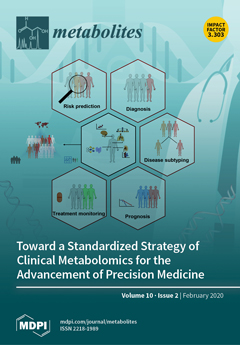The genus
Emericella (Ascomycota) includes more than thirty species with worldwide distribution across many ecosystems. It is considered a rich source of diverse metabolites. The published classes of natural compounds that are discussed here are organized according to the following biosynthetic pathways: polyketides (azaphilones, cyclopentenone pigments, dicyanides, furan derivatives, phenolic ethers, and xanthones and anthraquinones); shikimate derivatives (bicoumarins); mevalonate derivatives (meroterpenes, sesquiterpenes, sesterterpenes and steroids) and amino acids derivatives (alkaloids (indole-derivatives, isoindolones, and piperazine) and peptides (depsipeptides)). These metabolites produce the wide array of biological effects associated with
Emericella, including antioxidant, antiproliferative, antimalarial, antiviral, antibacterial, antioxidant, antihypertensive, anti-inflammatory, antifungal and kinase inhibitors. Careful and extensive study of the diversity and distribution of metabolites produced by the genus
Emericella (either marine or terrestrial) revealed that, no matter the source of the fungus, the composition of the culture medium effectively controls the metabolites produced. The topic of this review is the diversity of metabolites that have been identified from
Emericella, along with the contextual information on either their biological or geographic sources. This review presents 236 natural compounds, which were reported from marine and terrestrial
Emericella. Amongst the reported compounds, only 70.2% were biologically assayed for their effects, including antimicrobial or cytotoxicity. This implies the need for substantial investigation of alternative activities. This review includes a full discussion of compound structures and disease management, based on materials published from 1982 through December 2019.
Full article






